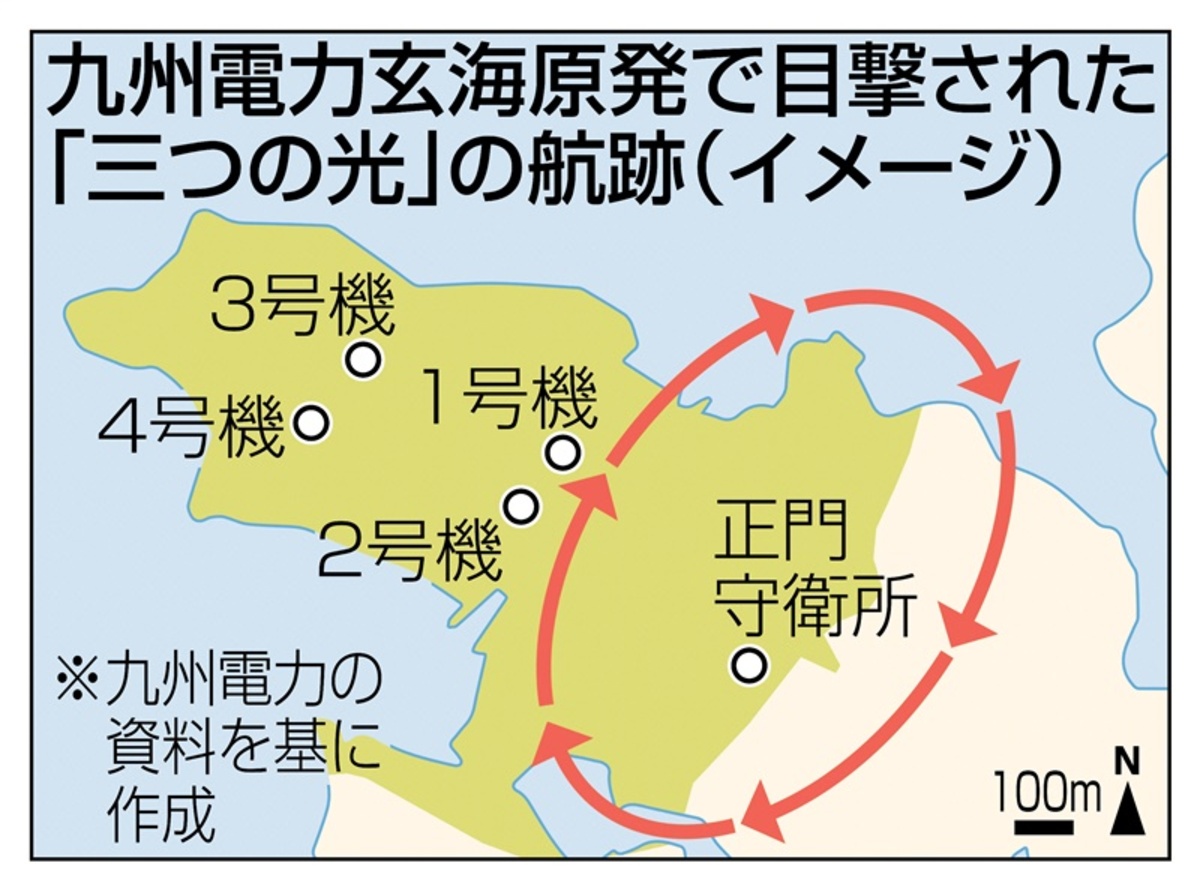A northern First Nation is suing the Manitoba government, arguing that licensed moose hunting on its traditional territory infringes on its rights. This legal action is the latest conflict over land use and hunting in the province.
Misipawistik Cree Nation filed the lawsuit Wednesday in the Court of King’s Bench, asking the court to cancel licences issued for three game hunting areas on its traditional land northwest of Lake Winnipeg. The suit claims that the harvesting infringes on the community’s right to hunt moose for food amid dwindling populations.
“What we’re trying to do is force the province into a better moose management system. And our treaty rights that are constitutionally protected need to have the top priority after conservation before any licences can be issued,” Chief Heidi Cook said Thursday.
Manitoba’s natural resources minister expressed a desire to work with both Indigenous and non-Indigenous hunters and fishers to develop fair wildlife management strategies across the province.
“I think it’s imperative that we have a resource management strategy for the entirety of the province,” said Natural Resources and Indigenous Futures Minister Ian Bushie. “An overall strategy that will involve all the rights-holders, all the stakeholders and all the Manitobans that want to be able to come to the table to have that conversation.”
Last year, Misipawistik warned the province that its members couldn’t meaningfully hunt for moose in the territory and asked the government to put a hold on licences. The government responded by reducing the number issued and committed to working with the community to determine population dynamics and food needs of the First Nation.
However, Chief Cook said that collaboration did not happen. The community was surprised to learn in May that the province issued 136 licences and 68 tags for bull moose for the three areas within their territory.
“What they’re doing is counting on unsuccessful harvest, which is not the way to manage a population sustainably,” she said.
This lawsuit is the latest action taken by a First Nation to stop hunting on its traditional lands due to low moose numbers. Previously, Bloodvein First Nation and the province moved to restrict access to non-First Nations hunters in certain areas near that community on the east side of Lake Winnipeg.
Sagkeeng First Nation recently put up at least one sign at the intersection of Provincial Roads 313 and 315, warning people not to enter and stating that hunting, fishing, and trespassing on its lands and waters aren’t allowed. Sagkeeng Chief E. J. Fontaine did not return calls on Thursday.
Minister Bushie said he is aware of the sign but would not comment on the government’s position. “The sign is up, the sign is there, and I think it’s about calling for respect,” he said, noting the government has been in contact with Sagkeeng leaders about their concerns for a long period of time.
The Misipawistik lawsuit accuses the provincial government of paying mere lip service to its responsibilities to prioritize treaty hunting rights, despite conceding that issuing hunting licences in areas traditionally used by First Nations can negatively affect moose populations and infringe treaty hunting rights.
“Judicial direction is required to correct the minister’s bald refusal to uphold Manitoba’s constitutional responsibilities to protect Misipawistik’s treaty right to hunt moose for food,” the court filing stated.
The suit alleges that Misipawistik has long tried to address moose population declines with provincial officials, with little effect. The court documents reveal that the licences granted this year account for 97 percent of the total surveyed population of bull moose in one of the three game hunting areas.
Between 2011 and 2017, hunters harvested 17 to 22 moose annually. From 2018 to 2024, the number dropped to five. The claim also notes that Misipawistik’s government has been financially assisting hunters to travel to Saskatchewan to hunt moose instead of in its own territory since 2022.
On Monday, the province announced a 500-metre buffer zone near Bloodvein First Nation for the moose hunting season, which opened that day in three game hunting areas overlapping with Bloodvein and Berens River First Nation territories. Minister Bushie announced changes to the Wildlife Act to impose the buffer zone.
The buffer zone came after Bloodvein said late last month it would set up a check stop to turn away non-Indigenous hunters from its traditional land out of concern for the sustainability of the moose population.
The Manitoba Wildlife Federation, which represents sport hunters and fishers, expressed concerns over the government’s move to restrict access to provincial Crown land around Bloodvein, the Misipawistik lawsuit, and Sagkeeng’s new sign.
“The big concern is if every First Nation decides that we just take sole ownership of it, it’s not going to work,” said federation senior policy adviser Chris Heald. “We strongly believe we need shared management. We’ve been asking for this for over a decade now, from different governments of all stripes — we need everybody at the table making informed decisions. We recognize the Indigenous have first right to the resource, but it’s not exclusive.”
Heald emphasized the need for a single wildlife management authority to decide how many animals can be harvested in a given area based on population data.
“There’s room for everybody, but governments got to lead it,” he added.
—
With files from The Canadian Press
[email protected]
https://www.winnipegfreepress.com/breakingnews/2025/09/18/northern-first-nation-sues-province-over-moose-hunting-rights



